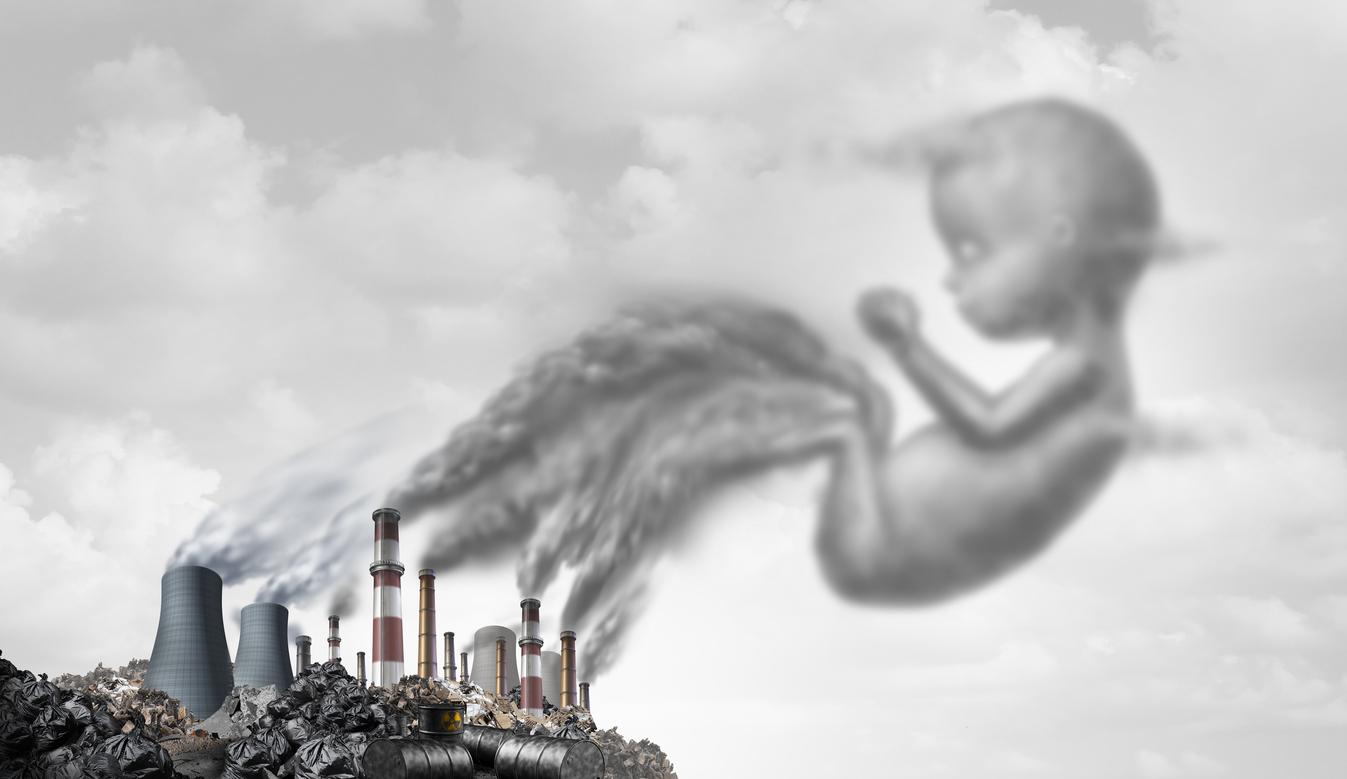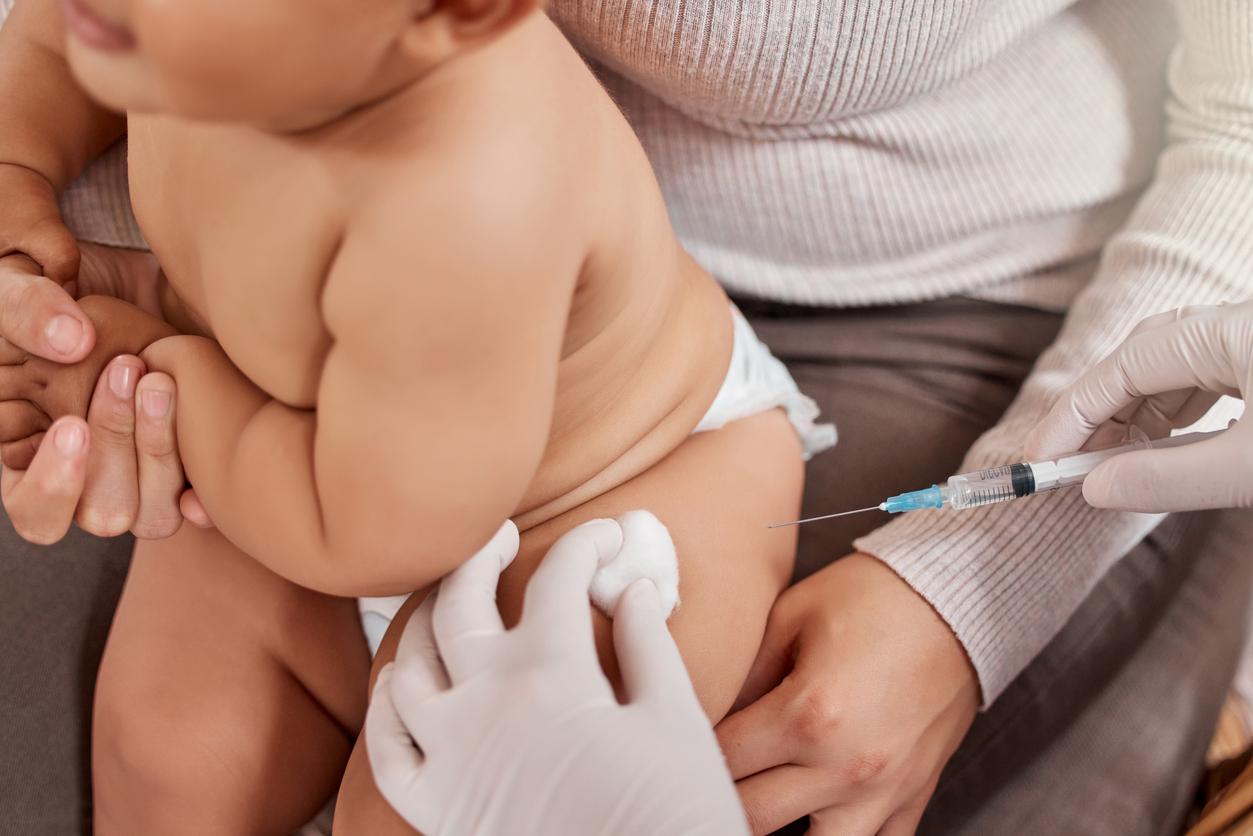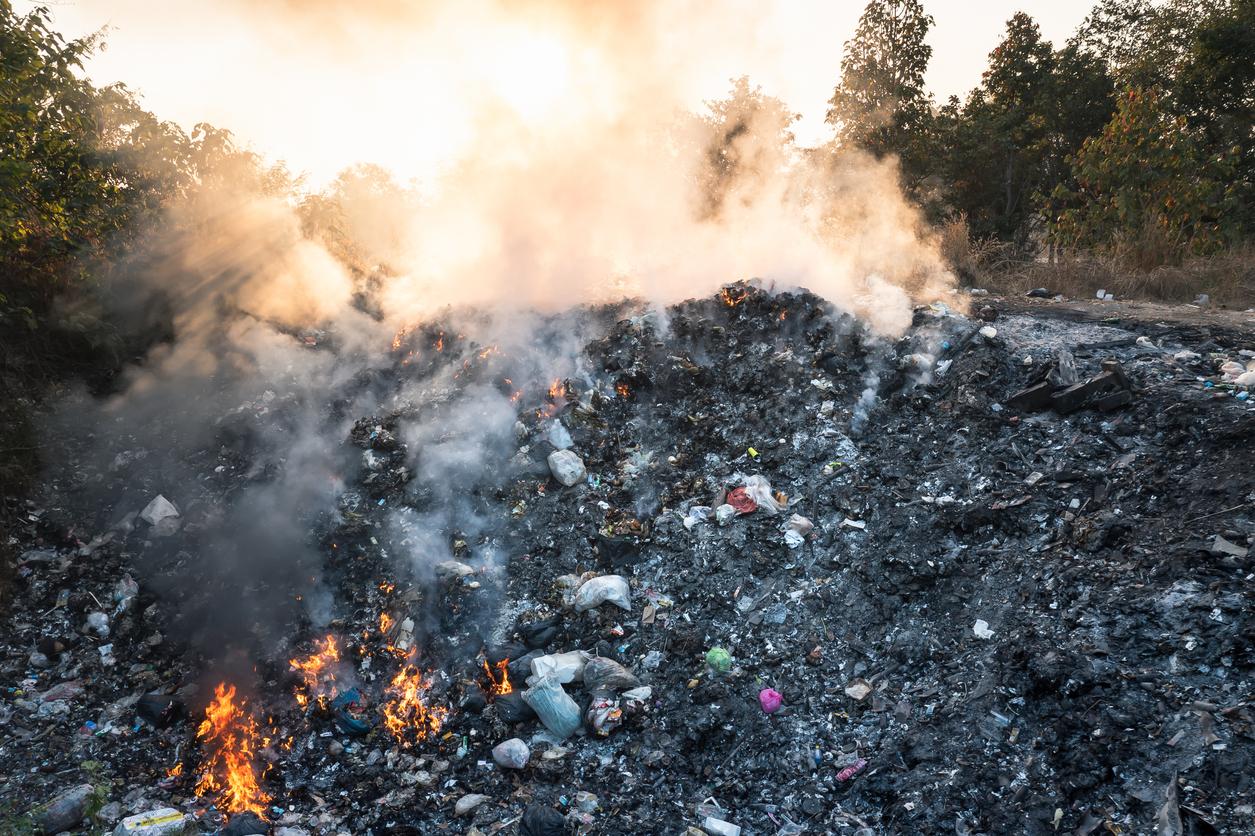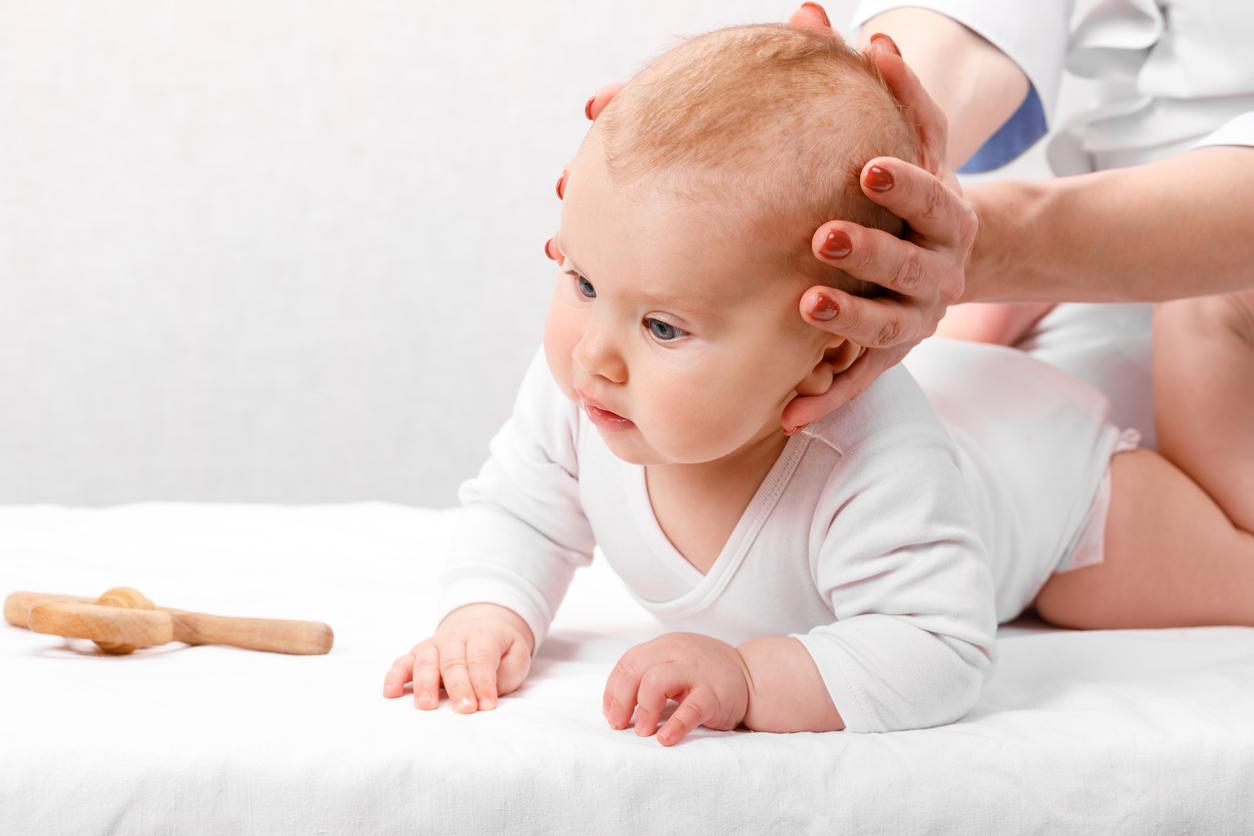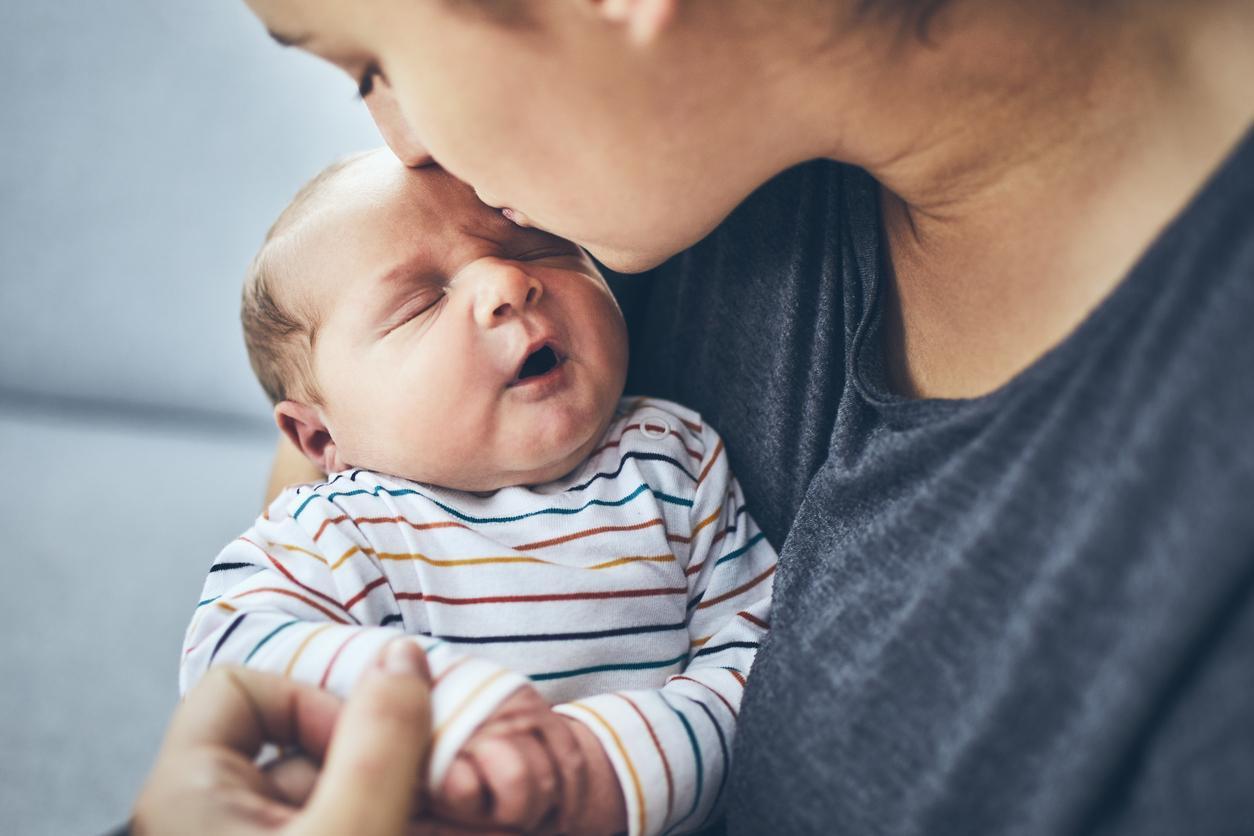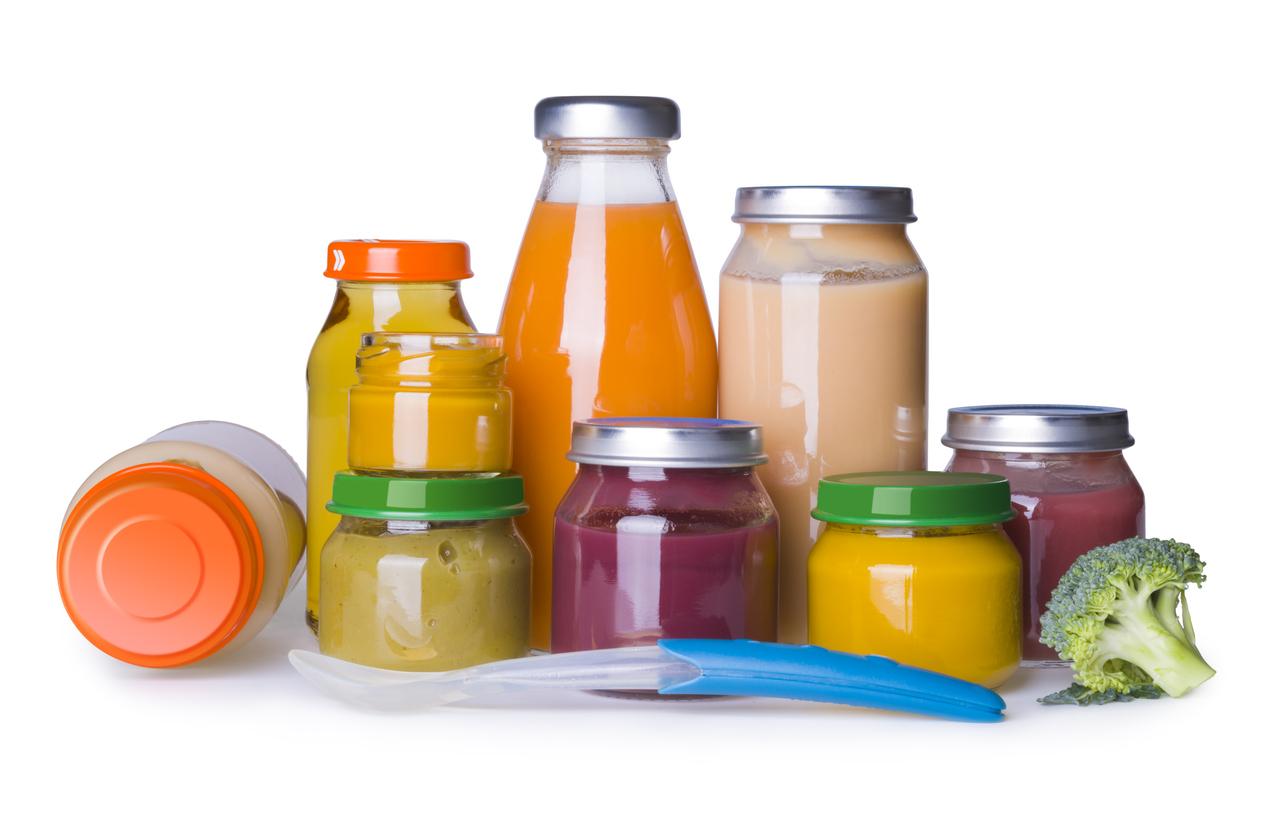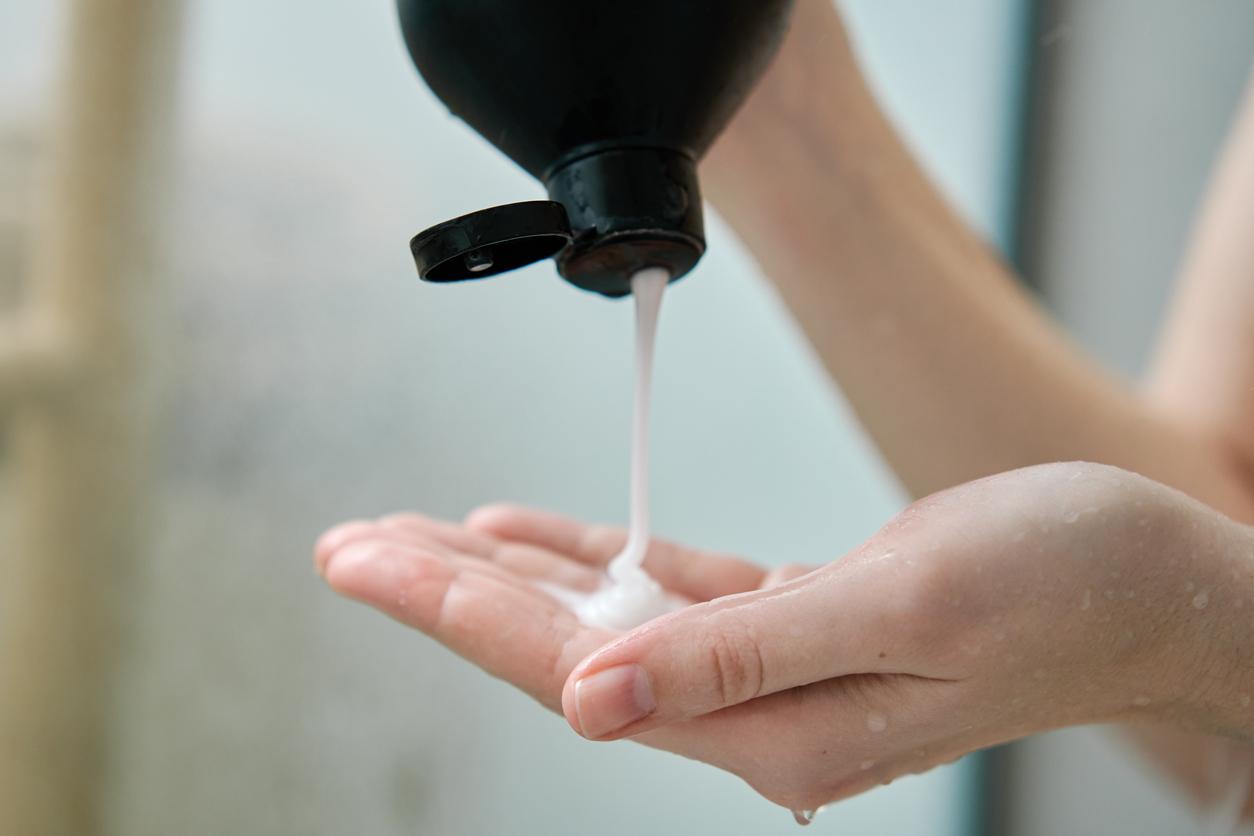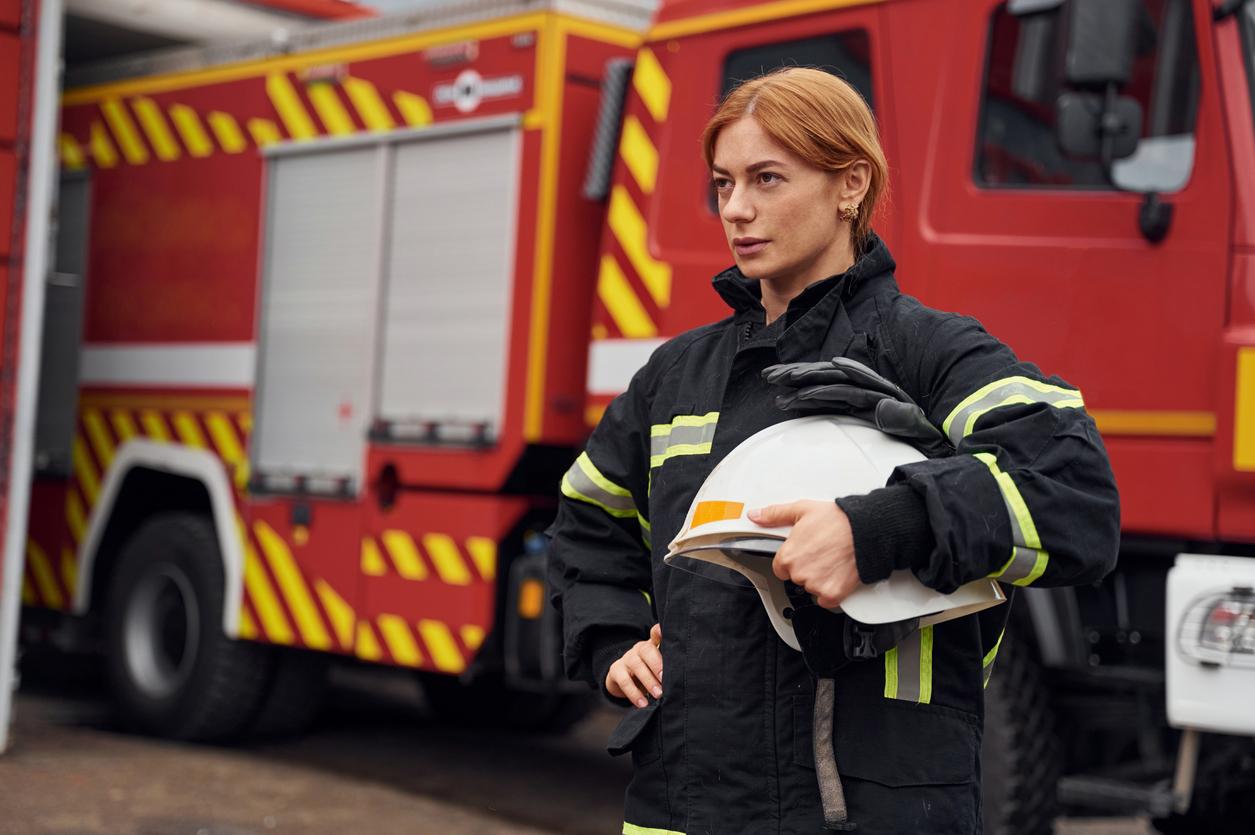During pregnancy and the first years of life, babies are particularly sensitive to environmental factors. So that some substances, present in everyday objects and cosmetics, could be associated with a decreased respiratory function in toddlers. This is what researchers from Inserm, CNRS, the University of Grenoble Alpes and the Institute for Global Health of Barcelona explain in a study. published in The Lancet Planetary Health this Wednesday February 6.
“The early life exposome”
To come to this conclusion, French and Spanish scientists collected data on the exposures of 1,000 pregnant women and their children to the external environment, chemical contaminants and lifestyle. For each toddler, a photograph of their environment at the start of their life was established. This is what researchers call the “early life exposome”. The latter thus takes into account the entire cocktail of chemical pollutants with which they may have been confronted.
Scientists then measured the lung function of children aged 6 and 12, using a test measuring the volume of inhaled and exhaled air. Gold the more the children had been exposed to polluting substances during pregnancy and after, even in tiny quantities, the less important their breathing capacity. For example, researchers observed that twice the level of perfluoro-octanoic acid in the mother’s blood during pregnancy was linked, a few years later, with an almost 2% drop in blood volume. air exhaled per second in his offspring.
Objects of everyday life
The researchers thus question the perfluorinated compounds (used in some non-stick cookware, food packaging, stain-resistant coatings),ethyl paraben (preservative used in many cosmetics) and phthalate metabolites (endocrine disruptors).
Although this study does not demonstrate a cause and effect link between these pre- and postnatal exposures and the deterioration of respiratory functions, its authors specify in a press release what “Must be seen as a first selection step making it possible to identify suspicious exposures for which more specific work is necessary”.
Read also :
- Asthma: children exposed to too many pollutants in the classroom
- What are the pollutants to which we are most exposed?








